Warsaw
Inquiries
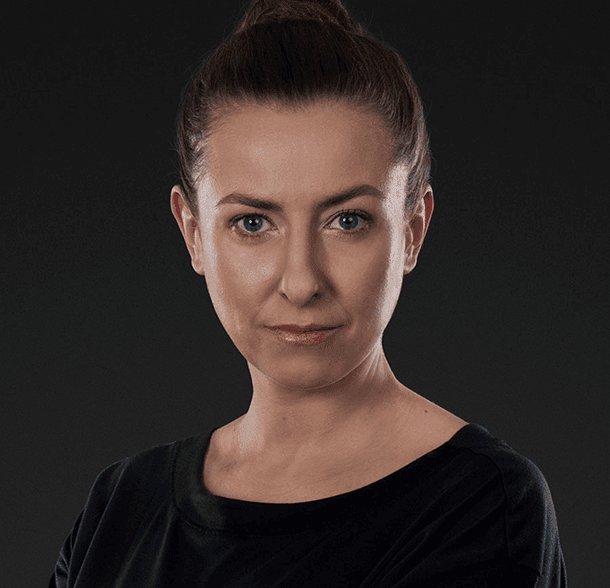
People & Culture

Ⓒ2025 Ars Thanea (SYZYGY Group). All Rights Reserved.
Join our newsletter
We can’t wait to kick off this icon-creating, potential-growing, opportunity-seizing, fun-having, obstacle-surmounting, other-half-completing partnership.
What’s new, what’s next — straight to your inbox.
What’s new, what’s next — straight to your inbox.
author :
Marta Król
tags :
[ Pipeline ]
[ Pharma ]
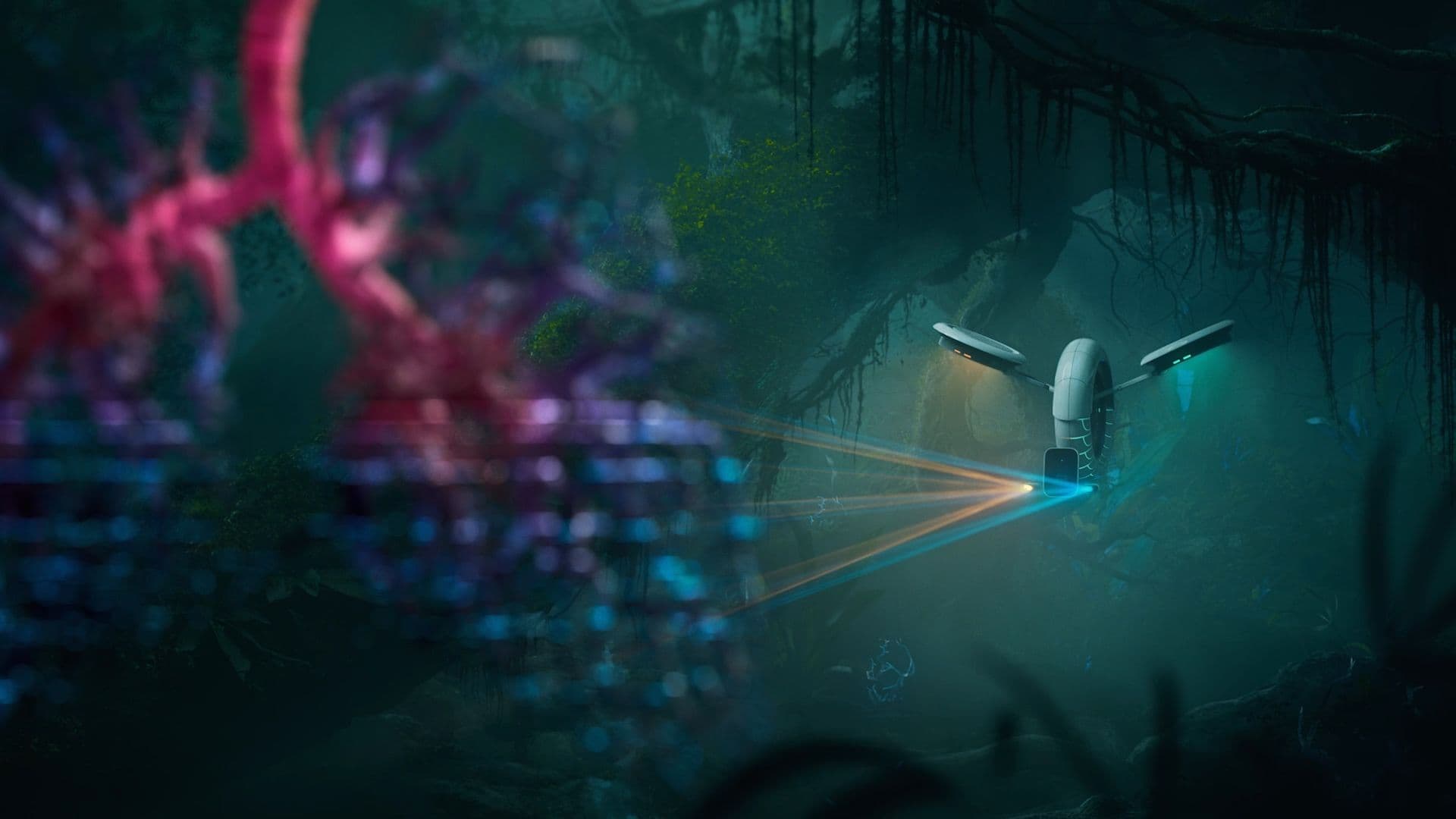
In healthcare, clarity is everything — but clarity doesn’t always mean simplicity. Medical topics are often layered, abstract, and emotionally charged. Blood factors. Neurological signals. Molecular reactions. You can explain them with charts and stats, or you can build a metaphor that makes people feelwhat’s happening.
At Ars Thanea, we believe metaphors aren’t just artistic devices. They’re tools of understanding. When designed with precision, they make the invisible visible and the complex graspable. A good metaphor can bridge gaps between science and emotion, data and empathy, professionals and patients. And we’ve seen it work across some of our most ambitious pharma projects.
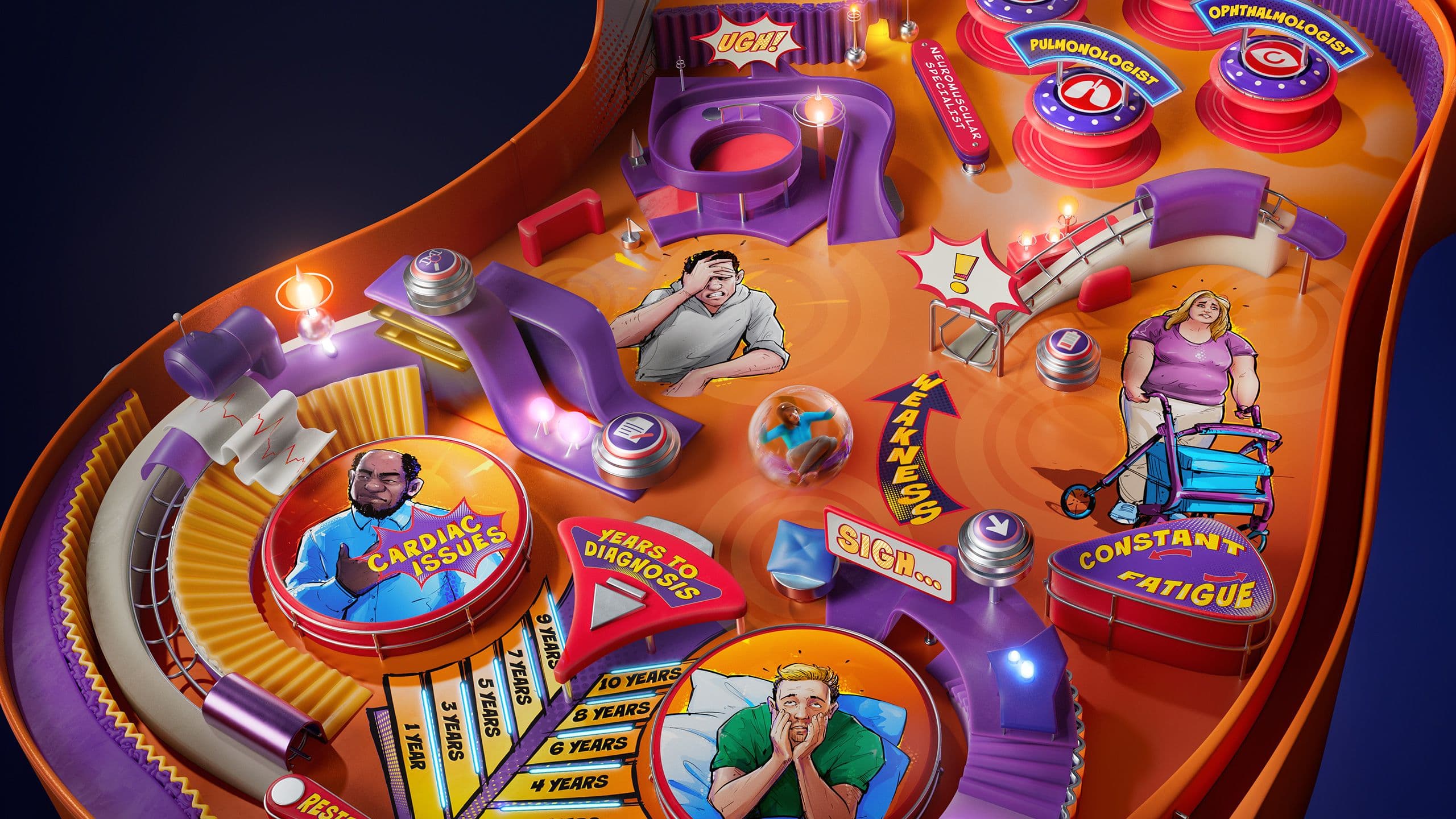
When Pfizer asked us to visualize the science behind a hemophilia treatment, we didn’t reach for the microscope. We reached for something more tactile: something that could capture the tension of two opposing forces: clotting and anti-clotting agents.
The answer became marbles and a scale. Simple, universal, and beautifully adaptable. Each marble represented a blood factor. As they shifted across the scale, we could show what happens when balance is lost and how treatment restores that delicate equilibrium. The metaphor didn’t just make sense scientifically. It worked emotionally. It felt grounded, human, and visually memorable.
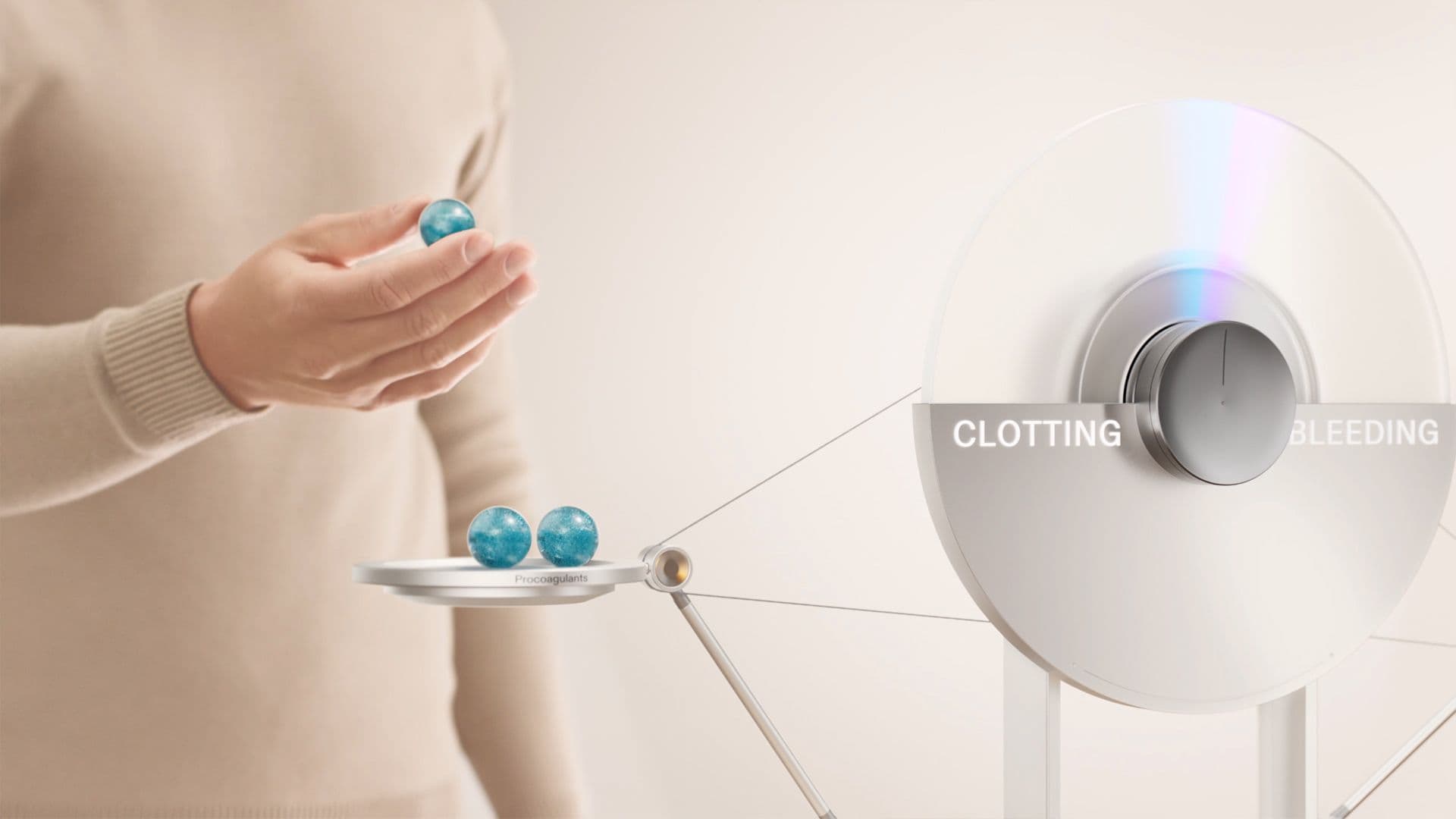
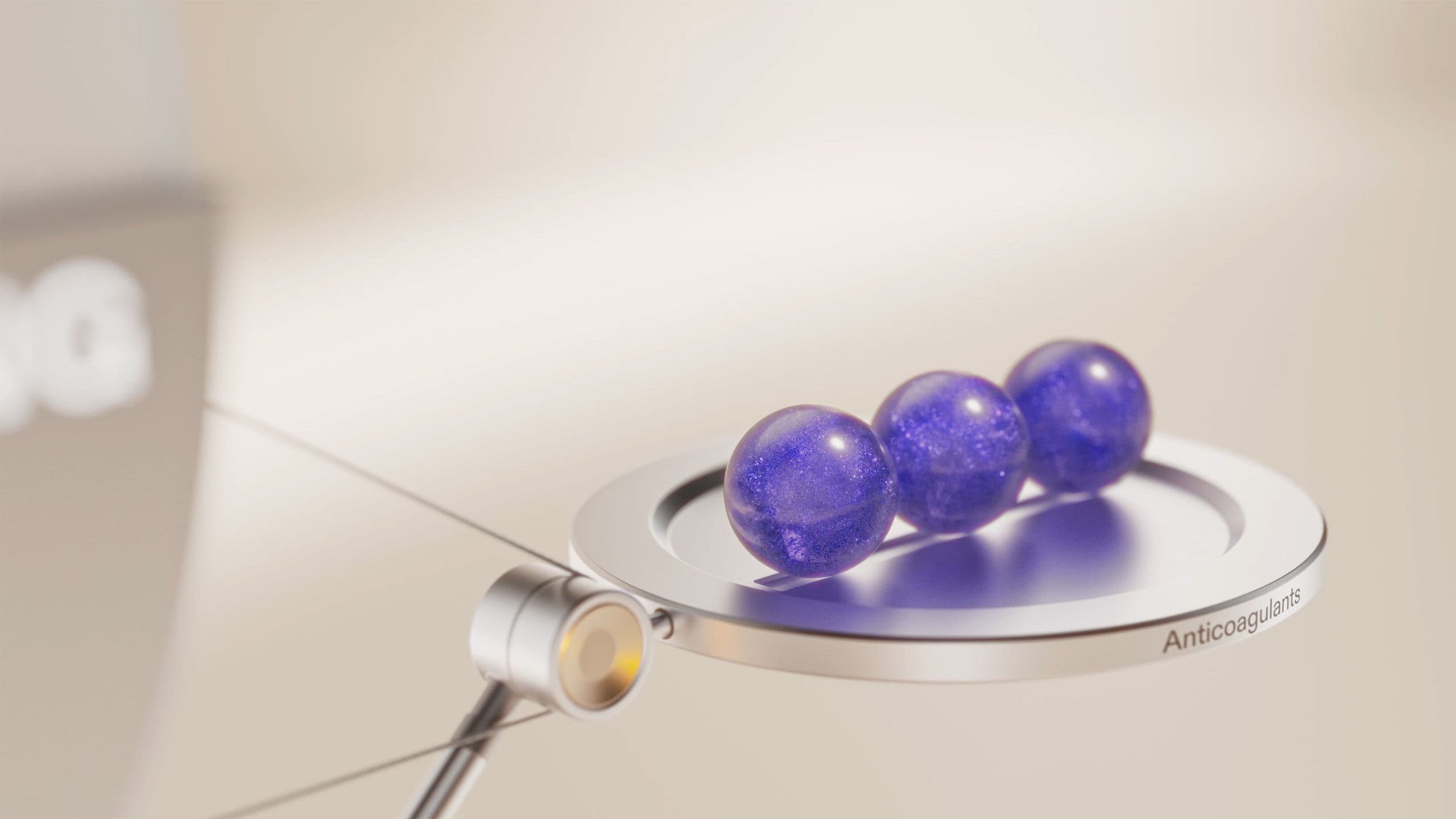
Metaphors only stick when they’re the right fit. That means starting with a deep understanding of the science, the patient experience, and the desired outcome. It also means rejecting clichés. We don’t just reach for hearts, brains, or glowing pills. We dig deeper, looking for objects, materials, or gestures that carry the right weight — culturally, emotionally, visually.
For Pfizer, that meant marbles. For Soolantra, it meant giving pimples actual personalities and turning a cream into a cape-wearing hero. For Janssen, it meant designing a robot to navigate a metaphorical jungle within the human body. Each metaphor was custom-built — not to oversimplify the message, but to make it stick in the mind long after the explanation ends.
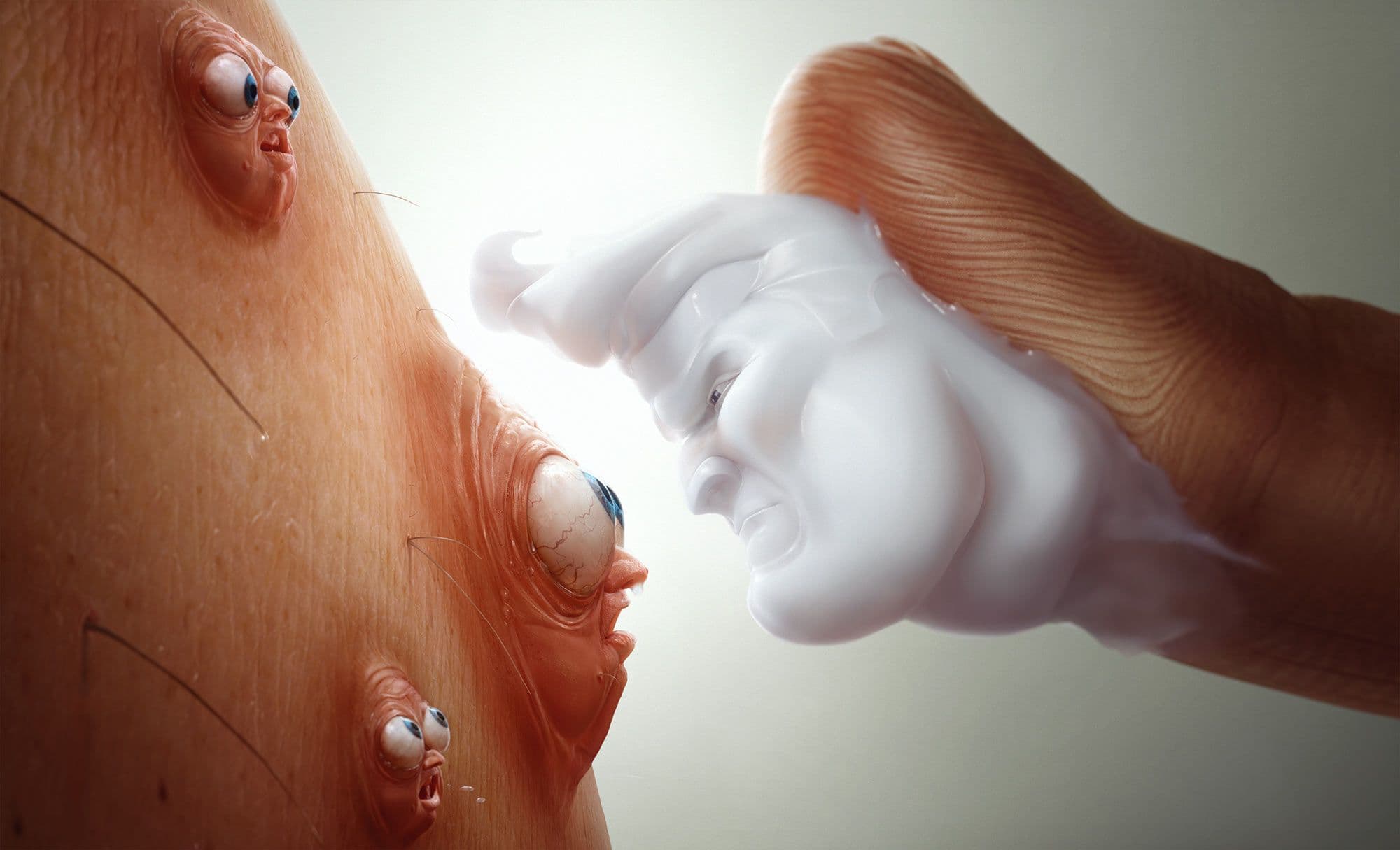
A metaphor only works when it stays true to the underlying science. That’s where our process comes in. Before anything is designed, we immerse ourselves in the details: reading medical documentation, talking with scientists and medical consultants, and working closely with regulatory teams to align every visual with approved claims and terminology.
Once the core metaphor is established, it becomes a creative compass. Every design decision — from lighting and animation to casting and timing — is guided by that central idea. When a viewer watches the film, they don’t just understand the metaphor. They trust it.
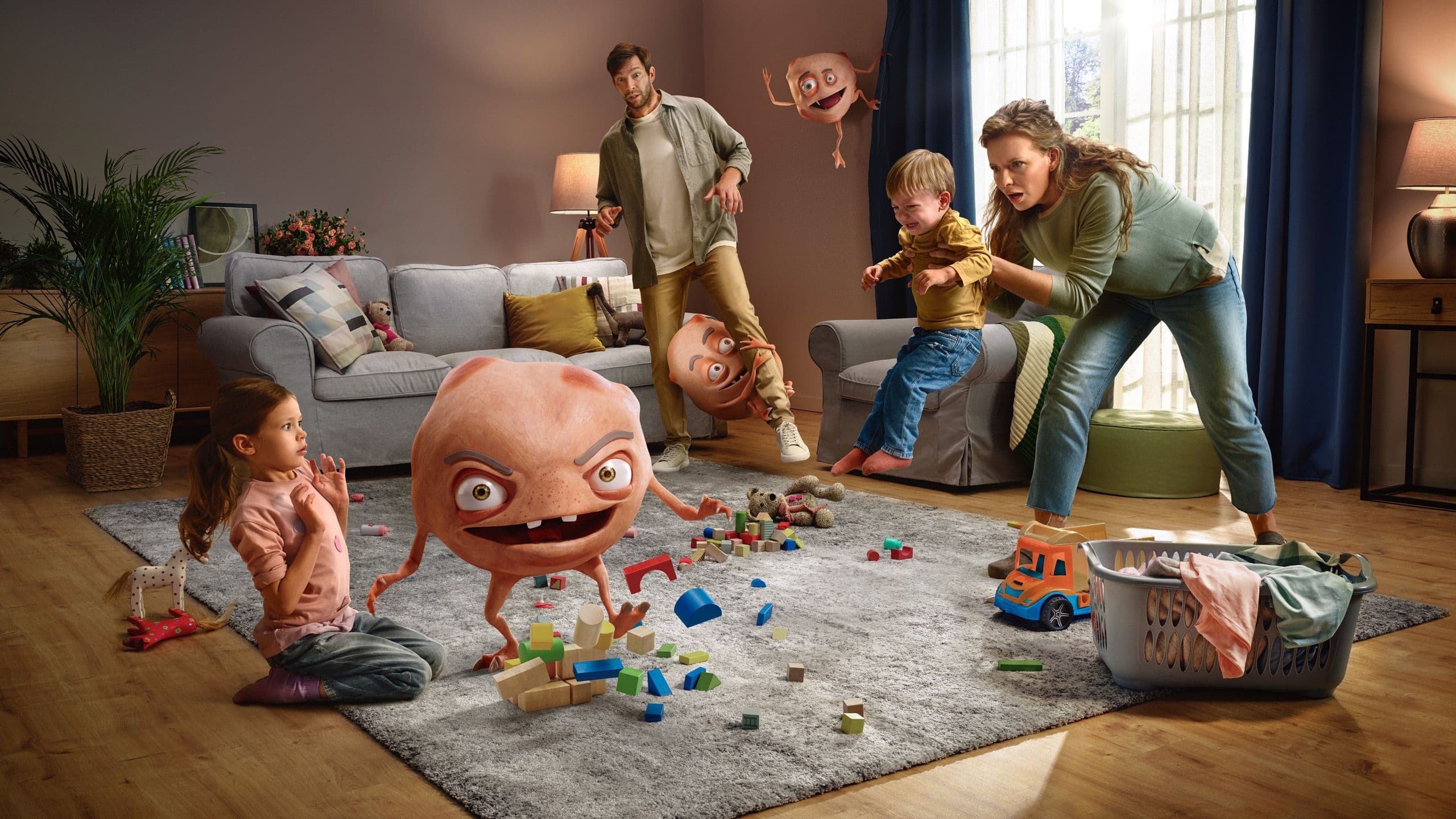
Martyna Nawrot-Gaworczyk
-
Junior Compositing/Motion Design Artist
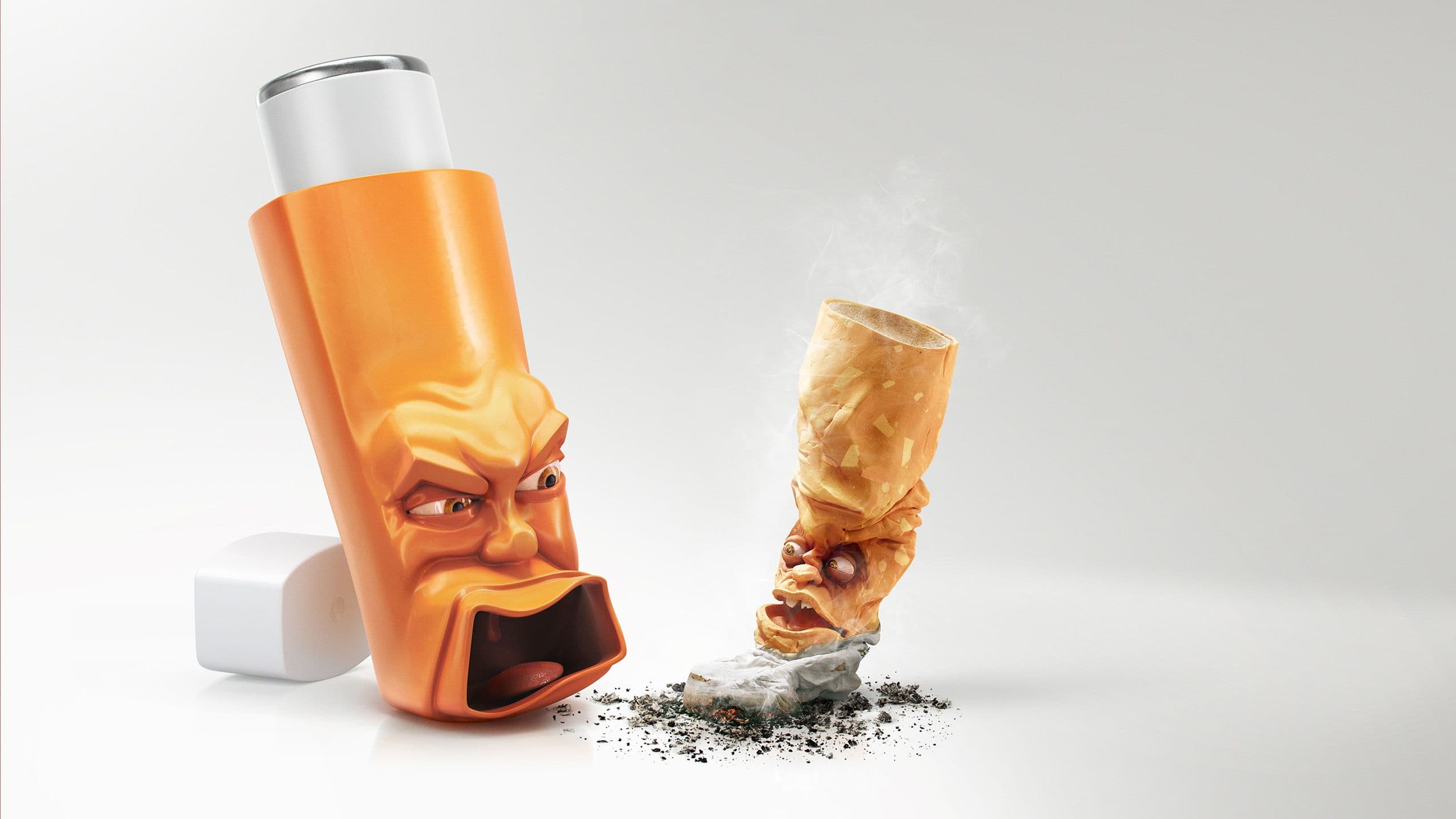
There’s a reason metaphors show up in patient conversations, conference slides, and even across global adaptation decks. They’re portable. They’re sticky. And they can make all the difference when explaining treatment pathways or introducing new therapies.
In the end, the best metaphors don’t just explain. They stay. They become a way for doctors to talk to patients, for caregivers to reassure loved ones, for people to make sense of what’s happening to their bodies. And that’s when visual storytelling does its job — not by decorating the science, but by illuminating it.
At Ars Thanea, we don’t just design visuals. We build language — metaphorical, emotional, and unforgettable.
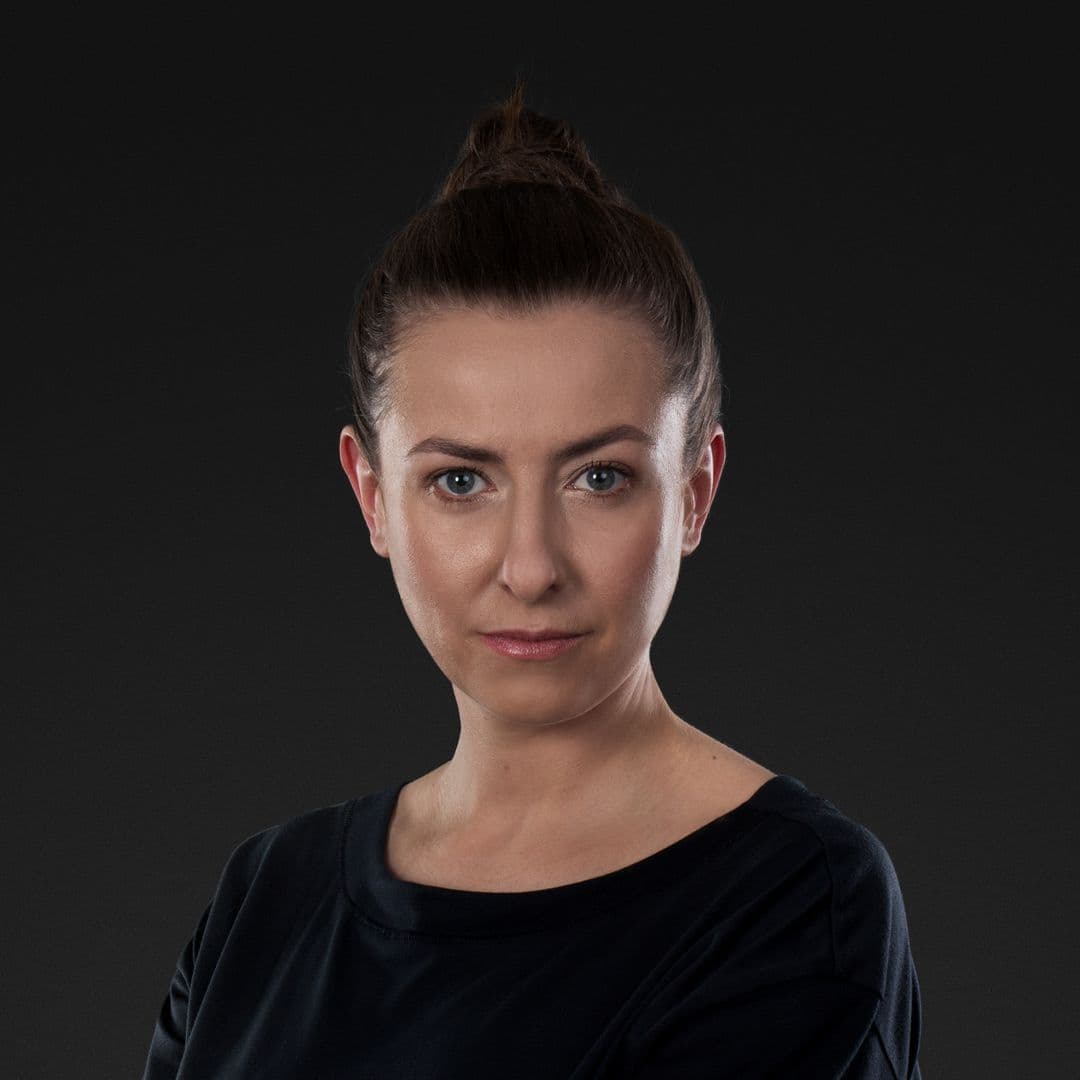
Author
With over two decades of production experience, Marta now leads operations at the studio. She brings global projects to life with flawless coordination and care.
Connect:
LinkedIn